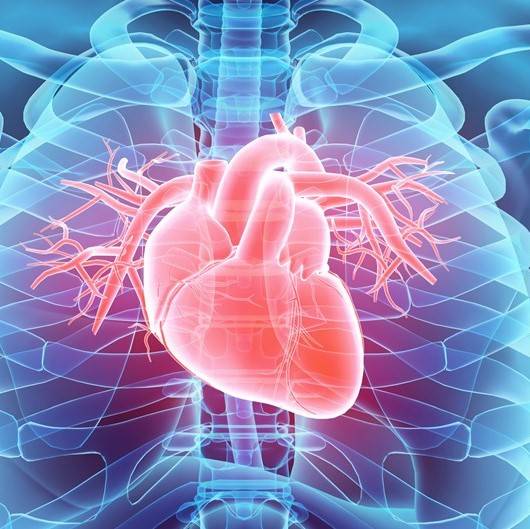
Academics and the general public have both expressed concern about the negative effects of prolonged sitting at work. The focus on sitting — or rather, not sitting — on the job originates from the scientifically confirmed message that being sedentary in general, both indoors and out, is bad for your health. However, despite previous research tying it to chronic back pain and musculoskeletal diseases (MSDs) in the lower limbs, little emphasis has been paid to the detrimental effects of extended standing at work.
As bad as sitting all day can be for your health, it turns out that standing for an extended period may be even worse.
People who work predominantly standing, such as retail sales clerks, cooks, bank tellers, waiters, gate agents, and cashiers, are twice as likely to acquire heart disease as those who spend their working day seated, according to a recent study published in the American Journal of Epidemiology.
Furthermore, studies have found that extended standing may raise the risk of cardiovascular disease. This is because standing for an extended period can promote blood pooling in the legs, increased vein pressure, and increased oxidative stress.
Prolonged standing at work doubles the risk of heart disease.
We just released a study that adds to the body of information on the harmful consequences of extended standing on health. It compared the risk of heart disease among over 7,000 Ontario workers over 12 years, across various jobs.
In brief, we divided the workers into four categories based on the body posture of their jobs.
Workers who predominantly sit, workers who mostly stand, workers who combine sitting, standing, and walking, and workers who use other sorts of body positions, such as crouching or kneeling, were divided into four categories.
We discovered that persons who primarily stand at work are twice as likely to acquire heart disease than people who primarily sit at work.
This was true even after accounting for a variety of factors such as personal factors (such as age, gender, education level, ethnicity, immigration status, and marital status), health (such as diabetes, arthritis, hypertension, mood, and anxiety problems), and the type of work performed (e.g., physical demands, shift schedule).
After controlling for smoking, leisure time, physical activity, alcohol intake, and body mass index, individuals who stand at work still have an increased risk.
The incidence of heart disease among individuals who stood a lot at work (6.6%) was comparable to the incidence of heart disease among those who smoked daily (5.8%) or were fat (6.9 percent). To combat cardiovascular disease, workplace wellness programs should focus on eliminating extended standing at work, just as they do smoking and poor eating habits.
Is my sit/stand desk dangerous?
If you’re wondering whether your standing or variable desk poses a health concern, the quick answer is “No.” Our research focused on prolonged standing at work with no opportunities to sit. We anticipate workers who use sit/stand desks to sit when they are tired, as opposed to those who work in jobs that require extended standing, such as grocery store clerks or line cooks.
Good news for employers whose employees must stand for lengthy periods: the chair exists!
“Does standing a little bit more during the day lower the risk of heart disease?” is more difficult to answer and was not specifically investigated in our study.
While being sedentary in general is bad for you, the amount of time we spend sitting at work (as opposed to sitting at home, in traffic, and so on) is not strongly associated with a lower risk of long-term illnesses like diabetes or heart disease.
To lessen the possible health effects of sitting in general, improvements in overall energy expenditure are probable. And simply standing more during the day (without at least walking in addition to standing) is unlikely to do this.
How can I lower my risk?
Based on our findings and other research in this field, it appears prudent to concentrate on measures to reduce standing time in specific jobs. People in our study who stood for long periods included sales and service professionals, cooks, food and beverage servers, and bank tellers.
Except for cooks, there are no explicit reasons why workers in many of these occupations must stand for extended periods. Rather, the impulse to stand in these positions stems from a desire to be perceived by the public as attentive, interested, and polite. As a result, most personnel could still accomplish their jobs while sitting or standing.
As a result, increasing understanding of the possible health consequences of standing for an extended period can assist to reverse this social expectation.
And, fortunately for employers, there are remedies shown to be effective and readily available in the case of extended standing: they’re called chairs. Long-term health conditions, such as heart disease, are likely to necessitate multifaceted interventions that address factors both inside and outside the workplace. Reducing prolonged standing at work, as well as providing more flexible work environments in general, should be considered in the future.
